10 Must-Know Insights About Modern African Art
What is Modern African Art, and How Does It Differ from Traditional African Art?
Modern African art is a dynamic and multifaceted domain that encapsulates a wide array of artistic expressions originating from the African continent. Here’s an exploration of what it entails and how it stands apart from traditional African art.
Definition and Context
Modern African art represents a break from traditional forms, embracing new techniques, materials, and themes. It’s reflective of contemporary experiences and global influences, while still rooted in African culture.
Historical Evolution
The transition from traditional to modern art in Africa has been gradual. From the colonial era to post-independence, African artists have explored new paths while retaining connections to their heritage.
Key Differences
- Traditional African Art: Often linked to rituals, community beliefs, and functional objects.
- Modern African Art: Emphasizes personal expression, experimentation, and global dialogues.
Modern Techniques
Innovative use of materials like metal, glass, and mixed media has become common, shifting away from solely organic materials used in traditional art.
Global Influences
Modern African art is often engaged in a global conversation, influenced by Western art movements and international trends.
Preservation of Culture
While adopting new approaches, many artists maintain connections to traditional symbols and motifs, preserving cultural identity.
Platforms and Recognition
Modern African art has gained prominence through exhibitions, galleries, and international auctions like Sotheby’s shines light on modern and contemporary African art.
Challenges and Critiques
Despite its growth, modern African art faces challenges such as underrepresentation and misconceptions in the global art scene.
The Role of Institutions
Institutions like the Mohammed VI Museum of Modern and Contemporary Art play a vital role in promoting and preserving modern African art.
Understanding modern African art requires recognizing its diversity, complexity, and the dynamic interplay between tradition and innovation. It’s a fascinating field that reflects the rich tapestry of African identity and global connectedness.
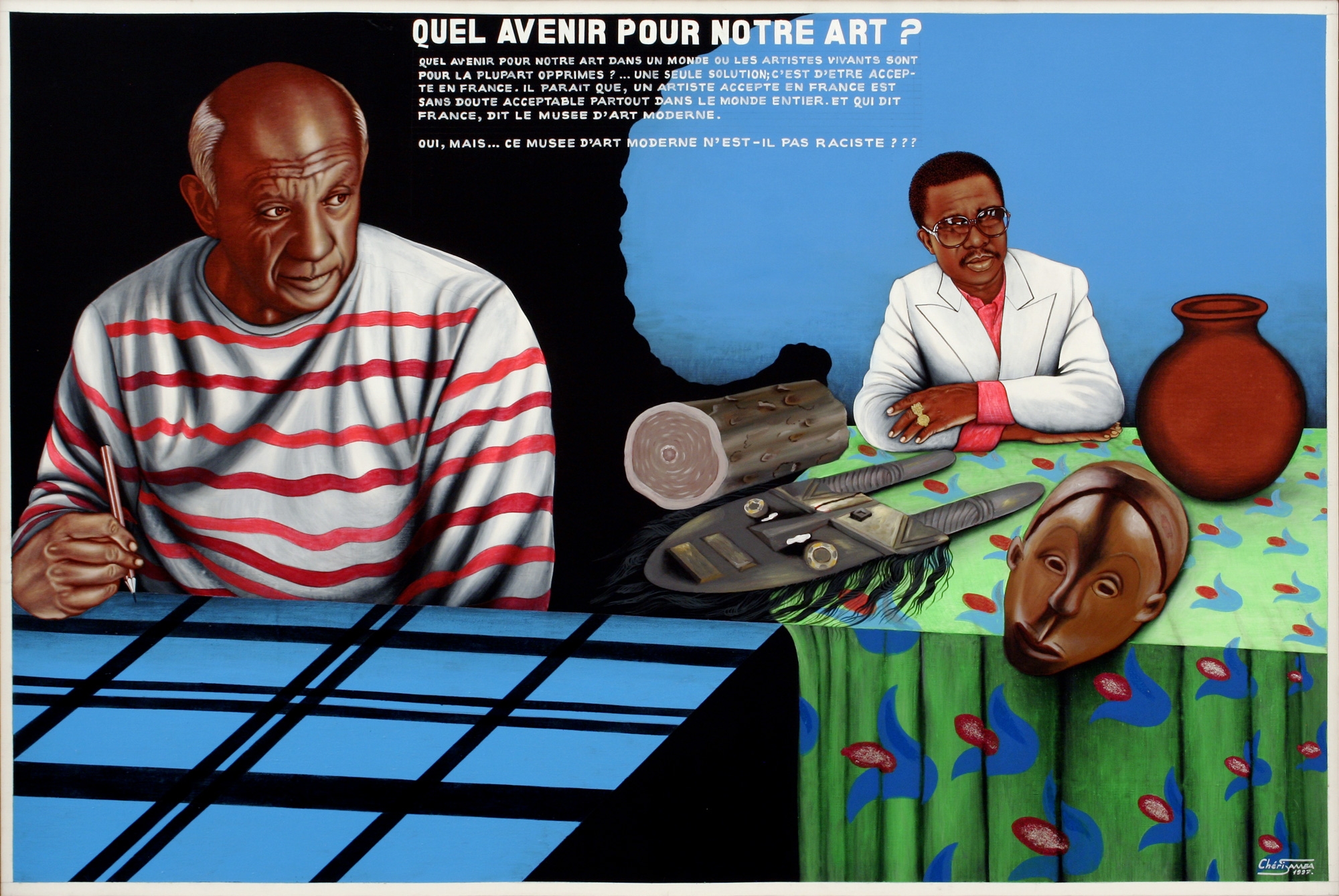
Who are Some of the Prominent Contemporary African Artists?
Contemporary African art is enriched by the contribution of talented and visionary artists. These individuals are redefining the global art landscape with their unique perspectives, techniques, and thematic exploration. Here is an overview of some prominent figures:
El Anatsui: Hailing from Ghana, El Anatsui is famous for his intricate sculptures made from recycled materials like bottle caps and copper wire. His works are a reflection of consumerism and environmental consciousness.
Aida Muluneh: An Ethiopian photographer and contemporary artist, Aida Muluneh’s bold and colorful imagery explores identity, culture, and African heritage. You can further explore her world in African Artist Spotlight Series: The Bold World of Aida Muluneh.
William Kentridge: South African artist William Kentridge is renowned for his animated films and charcoal drawings. His work often addresses social and political themes related to apartheid and human rights.
Njideka Akunyili Crosby: A Nigerian-born artist, Njideka uses mixed media to create collages that blend Nigerian culture with Western influences. Her art is a dialog about diaspora and transnational identity.
Wangechi Mutu: This Kenyan artist is famous for her provocative sculptures and collages that explore gender, race, and cultural expectations.
Yinka Shonibare: British-Nigerian artist Yinka Shonibare’s works are known for their use of African textiles in depicting colonialism and post-colonialism themes.
Kehinde Wiley: A Nigerian-American painter, Wiley’s large-scale oil paintings celebrate black identity by reimagining classical European portraits with African subjects.
These artists, among others, have shaped contemporary African art, offering insights into African culture, politics, and identity in ways that resonate on a global scale.
How has Afrofuturism Influenced Modern African Art?
Afrofuturism is a cultural movement that fuses African diaspora culture with technology, science fiction, and speculative history. It has profoundly influenced various artistic disciplines, including modern African art.
Afrofuturism envisions a future where African culture and technology intertwine, offering a distinct perspective that contrasts with typical Western futuristic narratives.
In visual arts, Afrofuturism has inspired artists to combine traditional African aesthetics with futuristic elements. This synergy has resulted in a new wave of artworks that celebrate African identity and technological progress.
A notable example is the work of artist Wangechi Mutu, who explores Afrofuturistic themes through sculptures and collages.
Literature and music have also embraced Afrofuturism, with writers like Nnedi Okorafor and musicians such as Sun Ra leading the way.
The movement has been instrumental in challenging stereotypes and fostering a renewed sense of pride and possibility within African culture. You can explore more about this fascinating subject in Afrofuturism: A Bold Vision for African Art’s Future.
Afrofuturism’s impact on modern African art is a testament to the power of imagination and creativity in shaping cultural narratives and redefining how Africa and its diaspora are represented.
With these influential figures and the Afrofuturism movement, modern African art continues to evolve and inspire, asserting its significant place in the global art arena.

What Role has Technology Played in the Evolution of Contemporary African Art?
The role of technology in contemporary African art is multi-faceted, providing artists with new mediums and platforms while influencing the subject matter and dissemination of their work.
The Advent of Digital Media
Digital tools such as 3D modeling, animation, and digital painting have allowed African artists to explore new creative horizons, resulting in innovative and boundary-pushing works.
Technology as a Subject
The integration of technology into daily life in Africa has become a prominent theme, with artists reflecting on its impact on society, culture, and identity.
Expanding Reach Through Online Platforms
Technology has democratized access to African art, allowing artists to reach a global audience. Platforms like social media and online galleries have helped to increase visibility and engagement.
Art and Virtual Reality
Some artists are utilizing virtual reality to create immersive experiences, allowing viewers to explore art in a three-dimensional space. This has added new dimensions to artistic expression.
The Rise of NFTs
The emergence of NFTs (Non-Fungible Tokens) has opened new avenues for buying and selling digital art. MOMAA has even explored this trend through its Modern African Art Exhibition.
Collaboration Across Borders
Technology has facilitated collaboration among artists from different regions, fostering a sense of community and shared creativity.
Preservation and Documentation
Digital archives and virtual tours are aiding in the preservation and documentation of African art, ensuring its accessibility for future generations.
The impact of technology on contemporary African art is profound and ongoing. It continues to reshape the ways art is created, viewed, and experienced, weaving a complex relationship between traditional aesthetics and modern innovation.
How are African Artists Using Recycled Materials to Transform Waste into Art?
The use of recycled materials in art is a growing trend in Africa, reflecting environmental concerns and innovative artistic practices. Here’s how artists are transforming waste into art:
Sustainability and Environmental Consciousness
The use of recycled materials is often driven by a desire to address environmental issues. Artists are turning waste into beautiful works of art, emphasizing the potential for reuse and recycling.
Local Materials and Community Engagement
Many artists source their materials locally, engaging with their communities. This process fosters a connection between the artist, the local environment, and the people.
Innovation in Materials and Techniques
Artists are experimenting with a variety of recycled materials, including plastic, metal, fabric, and electronic waste. This has led to a diverse range of textures, forms, and visual expressions.
Social Commentary
Some works address social issues such as consumerism, poverty, and urbanization. By using discarded materials, artists are creating visual commentaries on societal values and challenges.
Prominent Artists
El Anatsui, Romuald Hazoumè, and Willie Bester are among the artists known for their work with recycled materials. Their innovative pieces have earned international acclaim.
Exhibitions and Recognition
Artworks created from recycled materials have been featured in galleries and exhibitions around the world. The trend has been explored on platforms like MOMAA, shedding light on this unique aspect of contemporary African art.
The use of recycled materials is more than just a creative exploration; it’s a reflection of broader societal values, an embrace of sustainability, and a testament to the ingenuity and adaptability of African artists.
These two aspects highlight the dynamism and forward-thinking approach that characterize contemporary African art. By embracing technology and recycling, artists are not only innovating in terms of techniques but also engaging with crucial global themes.
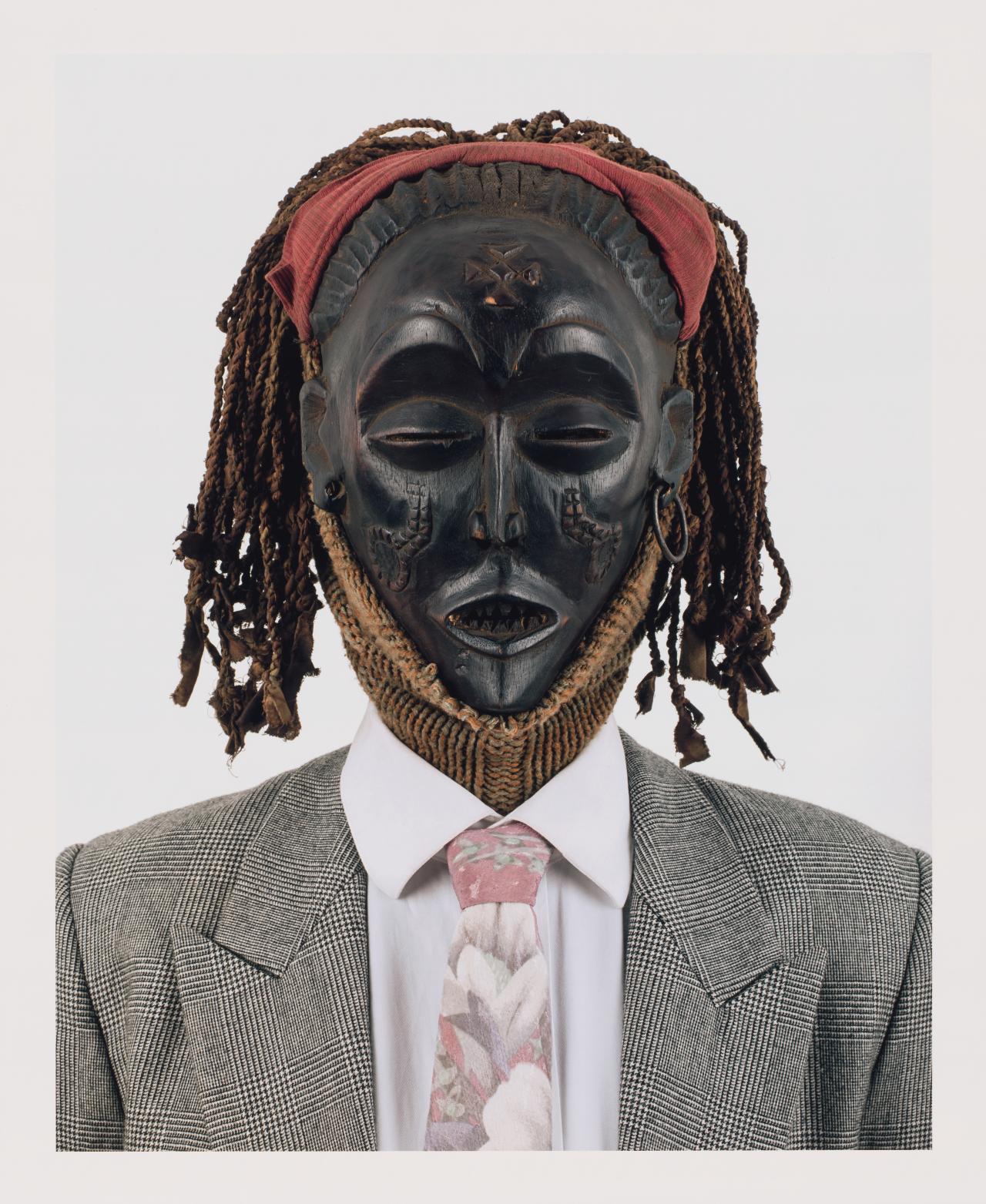
What are the Top African Women Artists Making Waves in Contemporary Art?
Women artists in Africa are gaining well-deserved recognition for their contribution to contemporary art. They are challenging norms, engaging with social issues, and expressing unique artistic visions. Here’s a spotlight on some of them:
Njideka Akunyili Crosby
With a blend of Nigerian culture and Western influences, Akunyili Crosby’s art is a dialog about diaspora and identity.
Mary Sibande
This South African artist is renowned for her sculptures and photographs that explore gender, race, and class.
Wangechi Mutu
A Kenyan artist known for her provocative sculptures and collages that delve into issues such as gender and cultural expectations.
Zanele Muholi
Muholi is a visual activist who focuses on LGBTQ+ communities in South Africa, using photography as a tool for advocacy.
Sokari Douglas Camp
Hailing from Nigeria, Camp’s large-scale sculptures explore cultural heritage and social issues.
Bili Bidjocka
Bidjocka’s artwork, often in the form of installations and writings, reflects upon the world, posing philosophical questions.
Ghada Amer
Egyptian artist Amer uses embroidery to challenge stereotypes related to femininity and women’s roles in society.
Peju Alatise
An interdisciplinary artist from Nigeria, Alatise’s works are poetic expressions of social, political, and gender concerns.
You can explore more about these trailblazers in Top African Women Artists to Watch: Trailblazers in Contemporary Art.
These women are shaping the landscape of contemporary African art with their creativity, insight, and talent, inspiring a new generation of artists.
How are African Artists Preserving Heritage Across Borders in the African Art Diaspora?
The African art diaspora refers to the dispersal of African art, culture, and artists beyond the continent’s borders. This has led to new dialogues, collaborations, and challenges in preserving heritage. Here’s how African artists are engaging with this phenomenon:
Bridging Cultures
Artists in the diaspora create works that bridge their African heritage with their current cultural contexts, weaving together diverse influences.
Exploring Identity
Many artists delve into the complexity of identity, reflecting on their dual belonging and the dynamics of being part of multiple cultures.
Collaborations and Exhibitions
International collaborations, exhibitions, and art fairs have played a vital role in showcasing African art in various parts of the world.
Representation and Advocacy
Artists and organizations are working to ensure fair representation, advocating for more inclusivity and understanding of African art.
Online Platforms
Digital spaces and social media are allowing artists to connect, collaborate, and showcase their work to a global audience.
Educational Initiatives
Programs, workshops, and courses are being designed to educate people about African art and heritage, fostering appreciation and respect.
Supportive Networks
Communities and networks are forming to support African artists in the diaspora, providing resources, mentorship, and opportunities.
Preserving Heritage through Art
Artists are using their art to document and preserve aspects of their culture, history, and traditions, ensuring that they remain alive and accessible.
Learn more about the African art diaspora and its impact in The African Art Diaspora: Preserving Heritage Across Borders.
In conclusion, the African art diaspora and the prominent women artists in contemporary African art are testaments to the vibrant and multifaceted nature of the art scene on the continent and beyond. They exemplify how art can transcend borders, foster community, and catalyze change.

Art Valuation for Old Money Families
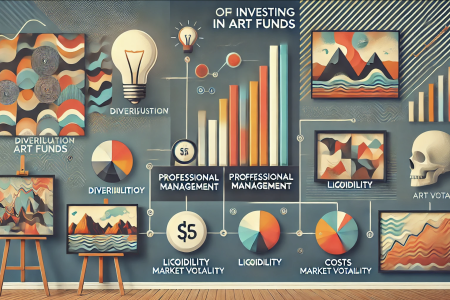
Art Funds: Exploring Collective Investment in the Art Market

Art Appraisal for Estate Planning
How are African Artists Exploring Space and the Cosmos in Contemporary Art?
The exploration of space, the cosmos, and metaphysical themes has become a fascinating subject in the world of contemporary African art. Here’s a glimpse into how African artists are journeying into the cosmos through their art:
Cosmic Inspiration
Space and celestial bodies serve as metaphors and inspiration for several African artists, reflecting the wonder and complexity of the universe.
Interconnection with Ancient Traditions
Some artists connect cosmic themes with ancient African cosmologies, myths, and beliefs, showcasing a synthesis of tradition and innovation.
Artistic Expression Through Various Mediums
Whether through painting, sculpture, digital media, or performance, artists are using various mediums to depict space and cosmic themes, resulting in diverse visual experiences.
Philosophical Undertones
The cosmos often represents universal truths, existential questions, and human connections. Artists use these themes to provoke thought and reflection.
Educational Initiatives
Artists and organizations are engaging in projects that promote STEM education, utilizing art to inspire interest in space and science among youth.
Notable Artists
Artists like Cyrus Kabiru and Joël Mpah Dooh have created compelling works exploring cosmic themes. Their unique perspectives contribute to the rich tapestry of contemporary African art.
Explore further how African artists are exploring cosmic themes in African Artists Exploring Space: The Cosmos in Contemporary Art.
These explorations into space and the cosmos showcase the endless creativity and depth in modern African art, reflecting both cultural heritage and forward-looking curiosity.
What is Afrofuturism and How is it Shaping the Future of African Arts?
Afrofuturism is a cultural movement that combines African traditions with science fiction, fantasy, and technological innovation. It’s a bold vision for the future of African arts:
A Fusion of Tradition and Futurism
Afrofuturism blends elements of traditional African cultures with futuristic concepts, creating a unique aesthetic that celebrates both past and future.
Literature, Art, Music, and Fashion
Afrofuturism transcends artistic disciplines, manifesting in literature, visual art, music, and fashion, creating a multifaceted and innovative cultural expression.
Social Commentary and Empowerment
The movement often addresses social issues like race, identity, and colonialism, offering empowering narratives that envision a future free from these constraints.
Technological Innovation
Afrofuturism engages with technology, imagining how it might be used to reshape society, culture, and individual lives in positive and transformative ways.
Notable Figures
Artists like Sun Ra, Janelle Monáe, and writers like Nnedi Okorafor are some of the prominent figures in Afrofuturism, each contributing uniquely to its development.
Global Influence
Afrofuturism has inspired artists and thinkers around the world, becoming a global movement that continues to evolve and influence various cultural domains.
For more insights into this bold and innovative movement, visit Afrofuturism: A Bold Vision for African Art’s Future.
Afrofuturism, with its fusion of tradition and futurism, is not just a genre; it’s a powerful framework that imagines new possibilities, challenges existing narratives, and shapes the future of African arts.
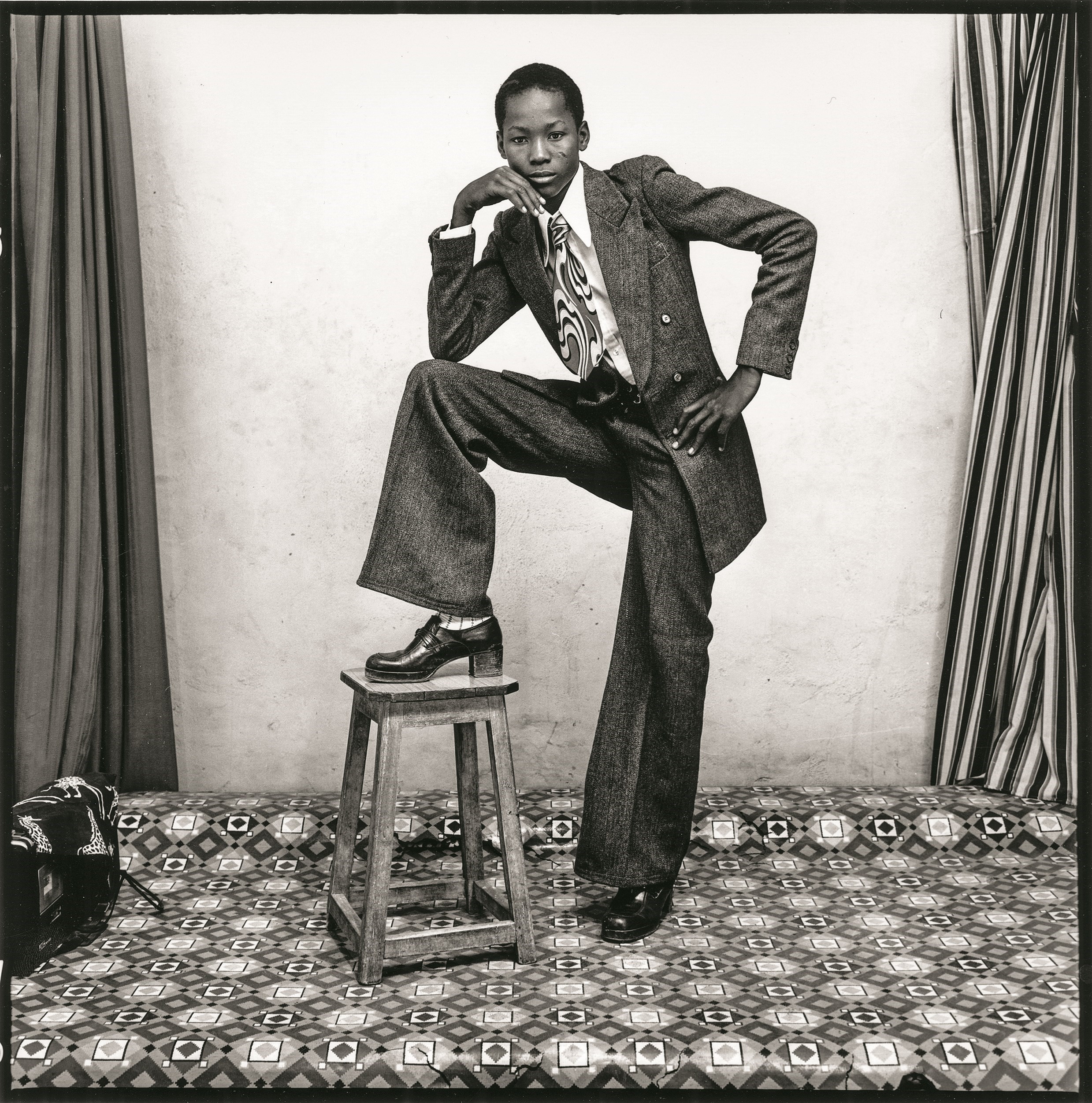
How are Contemporary African Artists Transforming Waste into Art?
The transformation of waste materials into art has become an innovative and environmentally conscious trend in contemporary African art. Here’s a look at how artists across the continent are creating beauty from waste:
Environmental Awareness
Artists are using their creativity to raise awareness about environmental issues like pollution and waste management, turning discarded materials into stunning works of art.
Recycling and Upcycling
By repurposing waste materials such as plastic, metal, and fabric, artists are engaging in recycling and upcycling practices, demonstrating the potential for reuse and reduction of waste.
Reflecting Cultural Context
The use of waste materials often reflects the local context, commenting on consumerism, waste culture, and societal values.
Artistic Innovation
The utilization of waste in art has led to unique artistic expressions, with artists creating sculptures, installations, paintings, and mixed media pieces using unconventional materials.
Community Engagement
Some artists are working with local communities, involving them in collecting waste materials and creating art. This collaborative process fosters community development and environmental consciousness.
Notable Artists
Artists like El Anatsui, Romuald Hazoumè, and Moffat Takadiwa have gained international acclaim for their innovative use of waste materials. Their works have been exhibited globally, inspiring others to explore this artistic avenue.
Economic Opportunities
Transforming waste into art also provides economic opportunities for artists and local communities, turning what was once discarded into valuable and marketable artwork.
Education and Inspiration
Artists and organizations are conducting workshops and educational programs to inspire others to engage in sustainable art practices, fostering creativity while promoting environmental responsibility.
You can delve further into this fascinating trend in contemporary African art at African Artists Working with Recycled Materials: Transforming Waste into Art.
In conclusion, the transformation of waste into art by contemporary African artists is more than an artistic trend; it’s a movement that reflects responsibility, innovation, and cultural engagement. By creatively repurposing waste materials, artists are not only making compelling visual statements but also contributing to environmental sustainability and community development.
| Question | Summary Answer |
|---|---|
| What is modern African art, and how does it differ from traditional African art? | Modern African art embraces various media and concepts, reflecting global trends, while traditional African art is rooted in local cultures and practices. |
| Who are some of the prominent contemporary African artists? | Prominent artists include El Anatsui, Wangechi Mutu, Yinka Shonibare, and Aida Muluneh, among others. |
| How has Afrofuturism influenced modern African art? | Afrofuturism blends African cultures with technology and futuristic themes, inspiring creativity and reimagining African futures in art. |
| What role has technology played in the evolution of contemporary African art? | Technology has enabled new mediums, global connectivity, and innovative approaches, enhancing the visibility and diversity of African art. |
| How are African artists using recycled materials to transform waste into art? | Artists are utilizing recycled materials to create innovative art pieces, reflecting environmental consciousness and cultural narratives. |
| What are the top African women artists making waves in contemporary art? | Top African women artists include Njideka Akunyili Crosby, Zanele Muholi, and Mary Sibande, contributing unique perspectives and voices. |
| How is contemporary African architecture intersecting with art? | African architecture is embracing artistic elements, blending form and function, and reflecting cultural identity and modern aesthetics. |
| How can one invest in African modern art, and what are the potential returns? | Investing in African modern art can be done through galleries, auctions, or online platforms, with potential returns depending on market trends and artist recognition. |
| What are the main themes and styles found in contemporary African abstract art? | Themes include identity, spirituality, and history, while styles vary from symbolic abstraction to geometric patterns and expressive forms. |
| How are African artists exploring space and the cosmos in contemporary art? | Artists are using space and cosmic themes to explore existential questions, cultural mythology, and technological advancements, bridging the earthly and celestial. |
FAQ – 10 Must-Know Insights About Modern African Art
What Is Modern African Art?
Modern African art is a diverse and dynamic field that includes various styles, themes, and artistic expressions reflecting the culture, history, and contemporary issues of the African continent.
How Can I Learn More About African Contemporary Art?
You can explore online resources, museums, galleries, and attend exhibitions to immerse yourself in African contemporary art.
Who Are the Top African Artists to Follow?
There are many talented African artists to follow. You can find some recommendations here.
What are the Trends in Contemporary African Photography?
You can find detailed insights into contemporary African photography trends here.
Where Can I Explore African Artist Residencies?
A list of top artist residencies in Africa can be found here.
What is the Impact of Technology on Contemporary African Art?
You can learn about the impact of technology on contemporary African art here.
Where Can I Explore Contemporary African Art Galleries?
You can explore contemporary African art galleries across the continent here.
How Is African Art Being Preserved Across Borders?
You can read about the preservation of African art heritage across borders here.
How Can I Invest in African Modern Art?
Investment in African modern art offers great returns, and you can find more information here.
How Are African Artists Involved in Healing and Wellness?
You can learn about how African artists are using art as a path to wellness here.

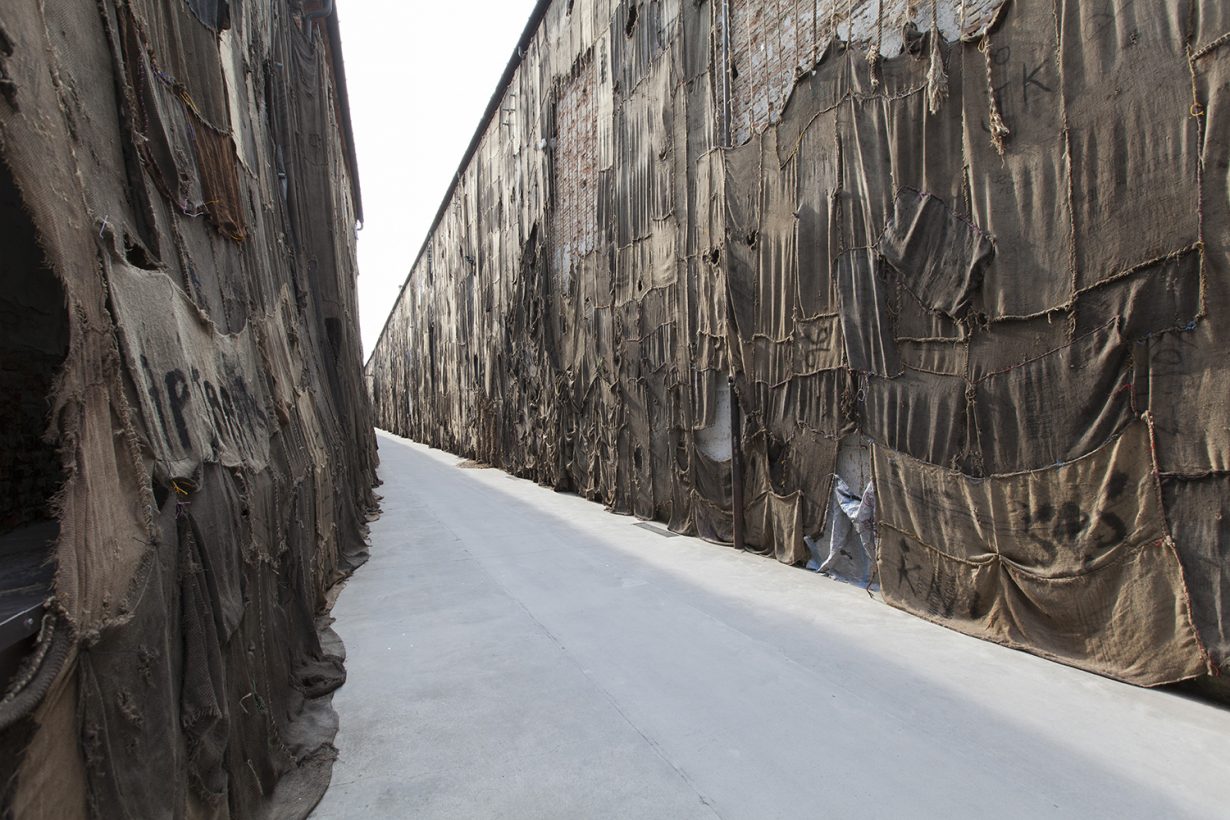
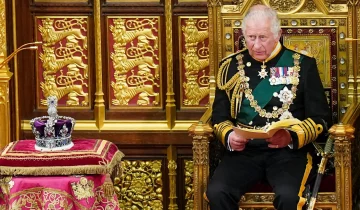
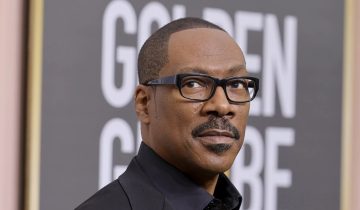
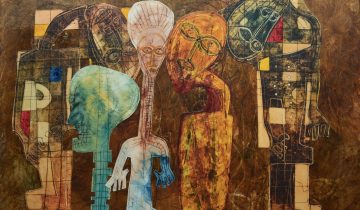
 No products in the basket.
No products in the basket.